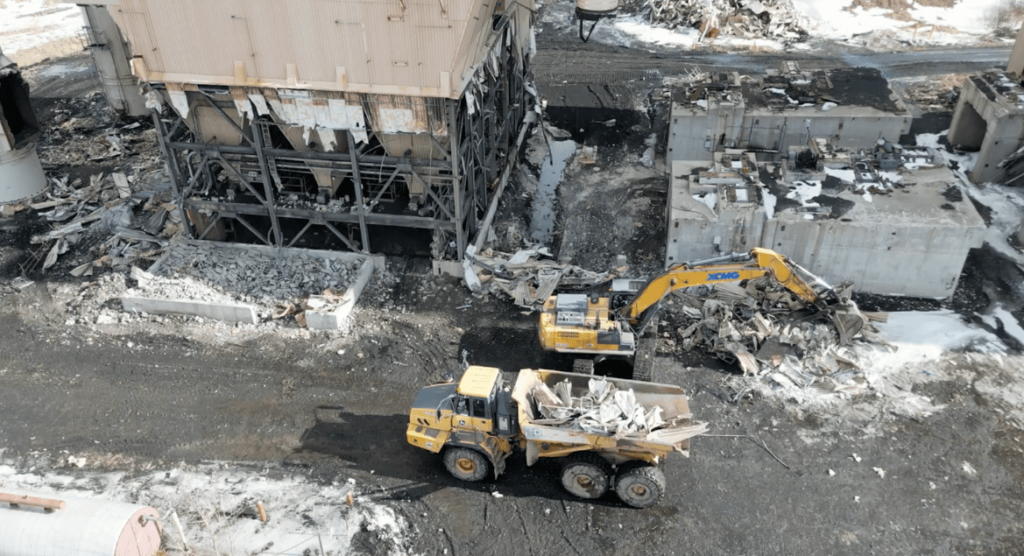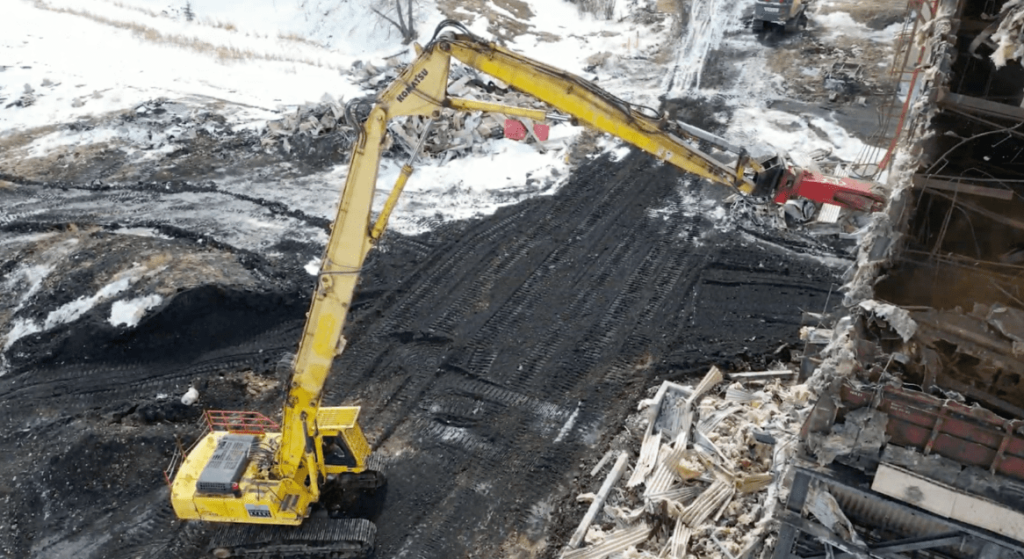What Are the Most Valuable Scrap Metals to Recycle?
Recycling scrap metal is a win-win: you declutter your space and earn money while helping the environment. But not all metals are created equal—some fetch a much higher price per pound than others. If you're wondering how to maximize your earnings from scrap metal recycling, you’re in the right place.
Let’s break down the most valuable metals, why they hold their worth, and a few rules you need to know before heading to the scrap yard.
Non-Ferrous Metals: The Real Money-Makers
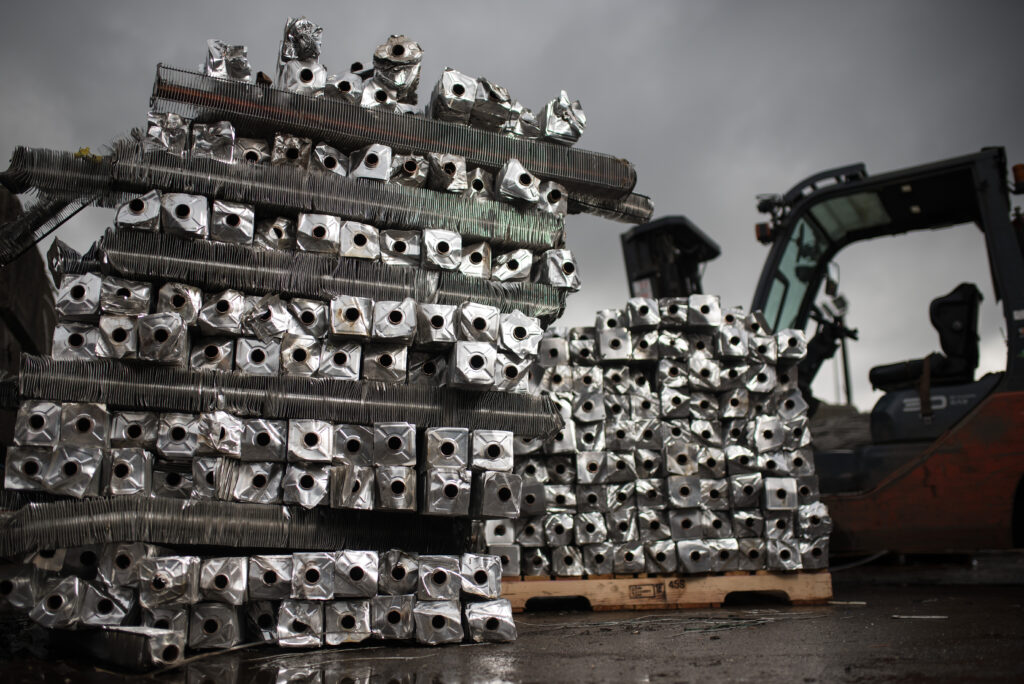
When it comes to scrap metal value, non-ferrous metals are the shining stars (literally). These metals don't contain iron, making them resistant to rust and corrosion—qualities that boost their demand and price.
Common non-ferrous metals include copper, aluminum, brass, and stainless steel. Since they’re often used in electrical wiring, plumbing, and industrial applications, these metals maintain consistent value on the market.
Non-ferrous metals are also lightweight and easy to transport, adding to their appeal for recyclers. If you're eyeing a pile of scrap, prioritize these over ferrous metals like iron or steel, which typically have lower scrap metal prices.
| Ferrous Metals Ferrous metals—like steel and iron—account for most of the scrap volume from sites. These metals fetch a lower price and are typically purchased by the ton. | Non-ferrous Metals More conductive metals—such as copper, aluminum, and brass—are more valuable and are purchased by the pound. |
Top 3 Most Valuable Scrap Metals by Price per Pound
To get the best bang for your buck, focus on these high-value non-ferrous metals:

Copper
- Why it’s valuable: Copper is a highly conductive metal used in electrical wiring, plumbing, and electronics. Its versatility and consistent demand make it one of the most sought-after scrap metals.
- Average price per pound: Around $3–$4, depending on market fluctuations.
- Where to find it: Old electrical wires, plumbing pipes, air conditioning units, and household appliances.

Brass
- Why it’s valuable: Brass, an alloy of copper and zinc, is used in decorative items, plumbing fixtures, and musical instruments. Its golden hue adds aesthetic value, making it pricier than other alloys.
- Average price per pound: Roughly $2–$3.
- Where to find it: Faucets, doorknobs, light fixtures, and radiator parts.
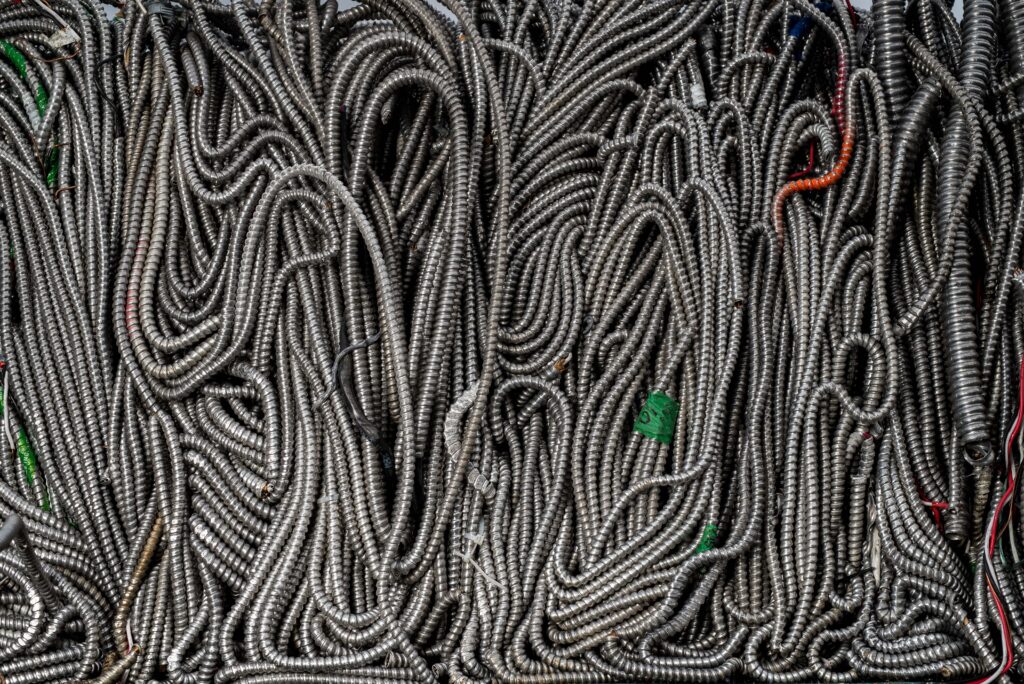
Aluminum
- Why it’s valuable: While aluminum is less expensive than copper or brass, its lightweight nature and widespread use make it a lucrative option. Aluminum is commonly used in beverage cans, car parts, and siding.
- Average price per pound: Around $0.50–$1.20, depending on its grade (clean aluminum fetches higher prices).
- Where to find it: Soda cans, car rims, old window frames, and bicycles.
| Pro Tip:Clean and separate your metals before heading to the scrap yard. Contaminants can lower the price significantly. |
Why Scrap Yards Require Proof of Ownership
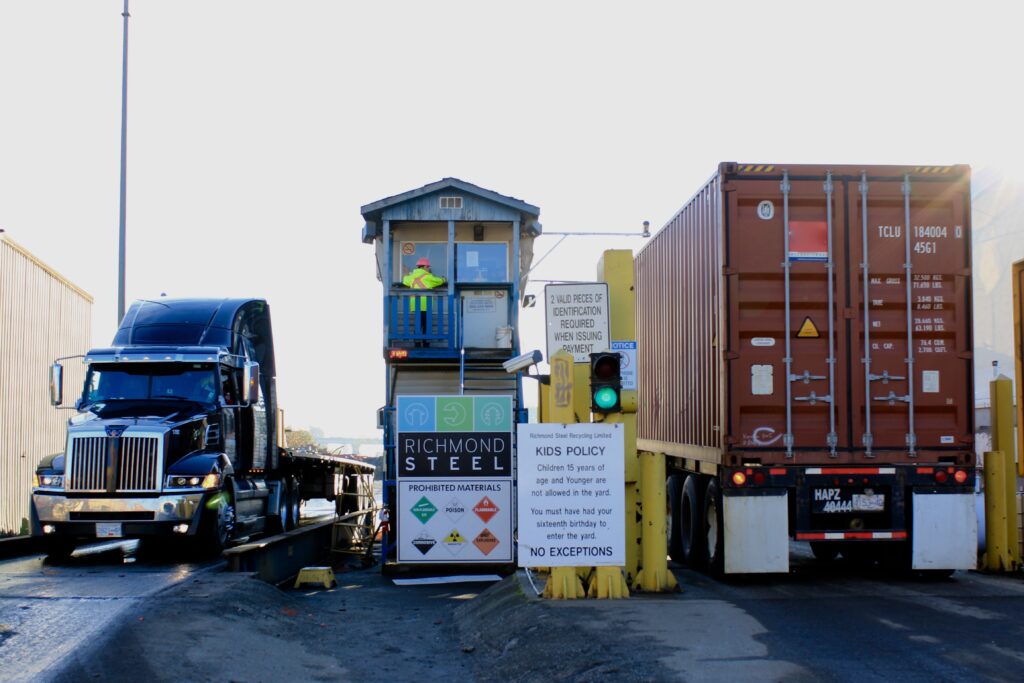
Ever wondered why scrap yards ask for proof of ownership when you show up with your haul? It’s all about curbing metal theft.
High scrap metal prices can tempt thieves to strip materials from construction sites, catalytic converters, or even utility poles. To combat this, scrap yards enforce strict policies, including requiring valid identification and sometimes documentation of where the material came from. These measures protect both the industry and legitimate recyclers like you.
When visiting our scrap metal recycling facilities, please ensure that you have the appropriate ownership documentation for the scrap metal you are selling, including:
- One piece of valid government-issued picture ID
- A second piece of valid government-issued ID (no picture required)
- Proof of ownership
Additionally, vehicles carrying scrap metal into our recycling facilities must have valid license plates. All transactions strictly abide by the Metal Dealers and Recyclers Act in accordance with provincial regulation. These steps not only prevent theft but also ensure that recycling remains a trustworthy and sustainable industry.
Maximize Your Scrap Metal Earnings
Here’s a quick checklist to boost your profits:
- Do your research: Stay updated on current scrap metal prices. Markets fluctuate, so timing can make a big difference.
- Separate metals by type: Scrap yards pay more for clean, sorted metals.
- Remove non-metal materials: Plastic or other contaminants can reduce your payout.
Ready to Turn Scrap into Cash?
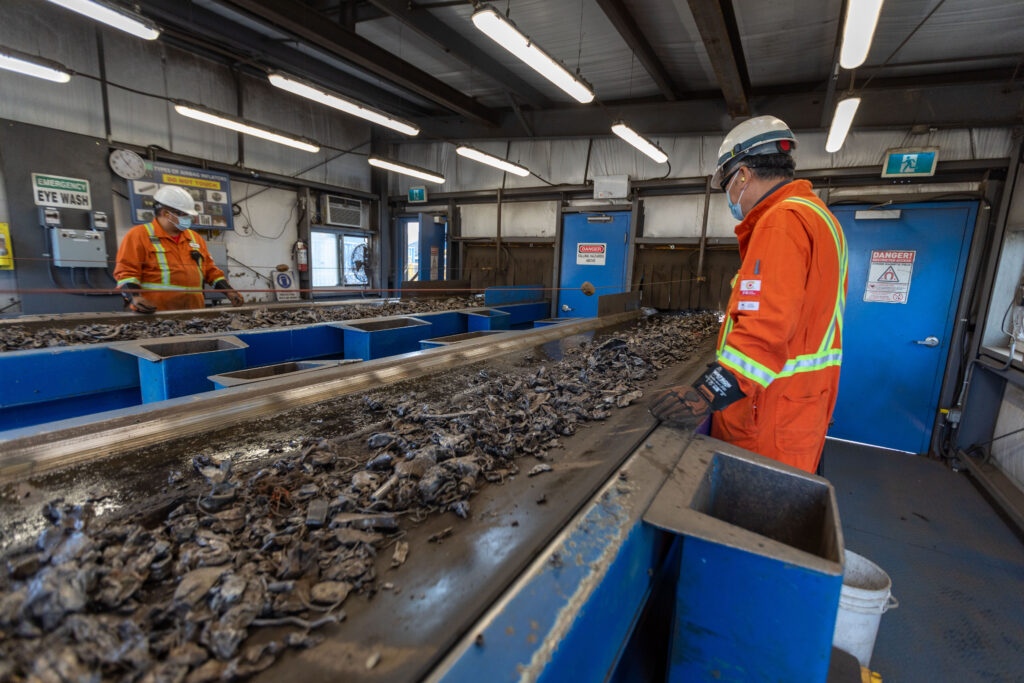
Recycling scrap metal is a smart way to protect the planet and boost your earnings. Non-ferrous metals like copper, brass, and aluminum offer some of the highest returns, so don’t let valuable scrap go to waste.
Contact Richmond Steel today to have all your metal recycling questions answered. Our team is here to help you get the most out of your recycling efforts.
Let’s turn your scrap into something valuable!
